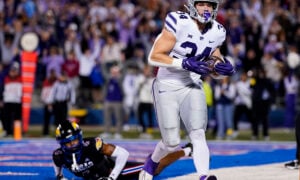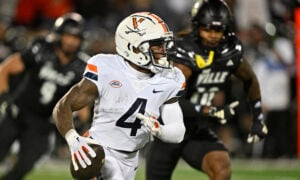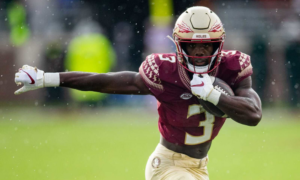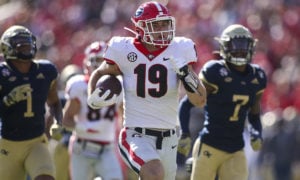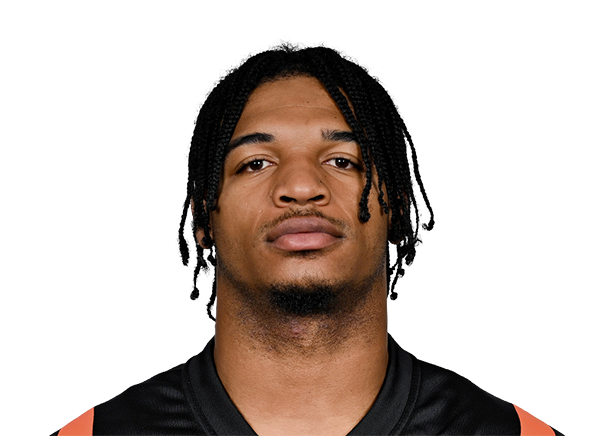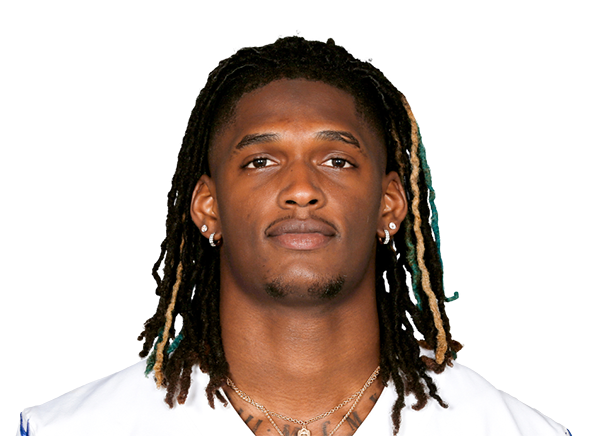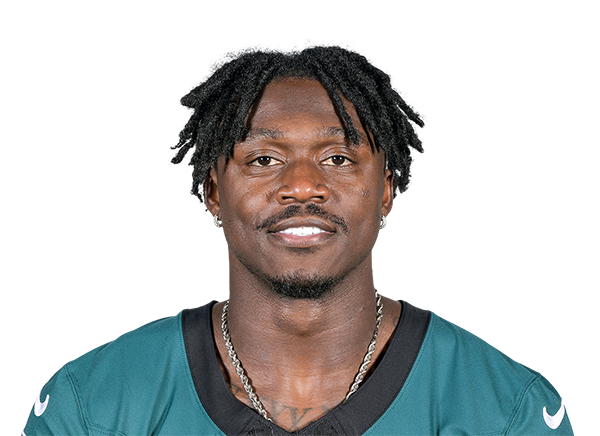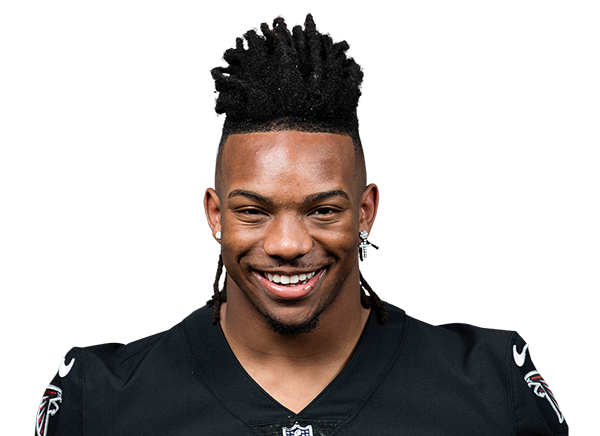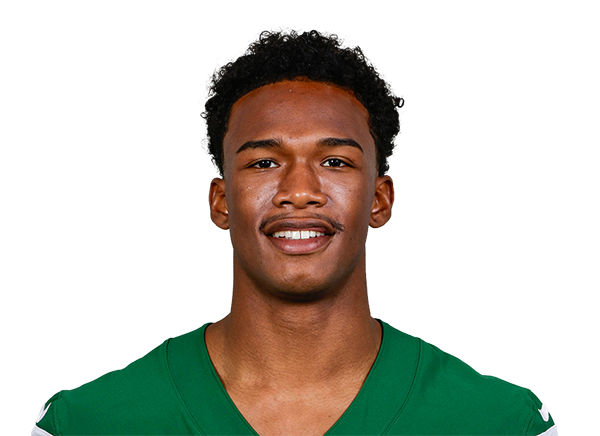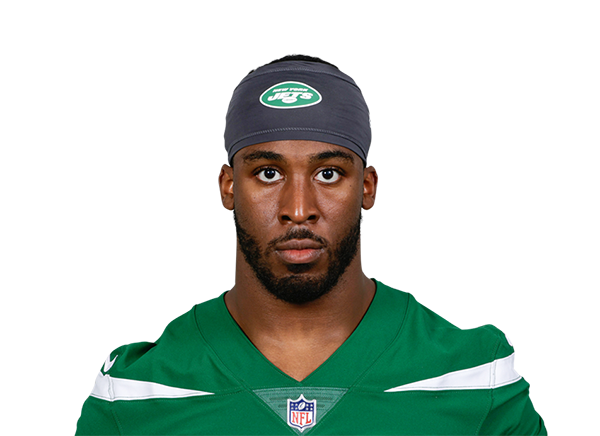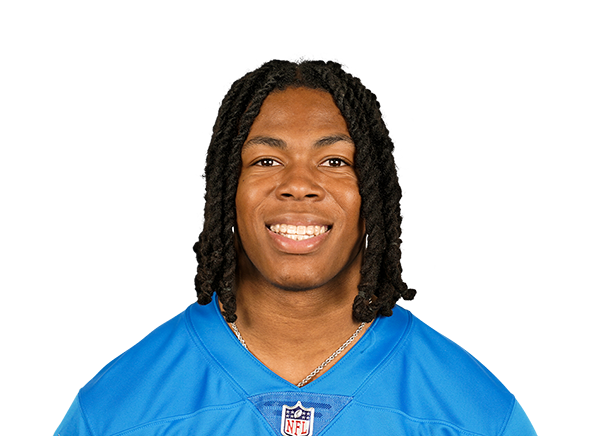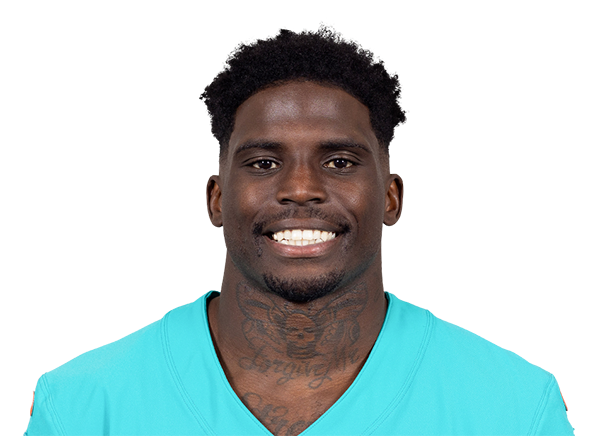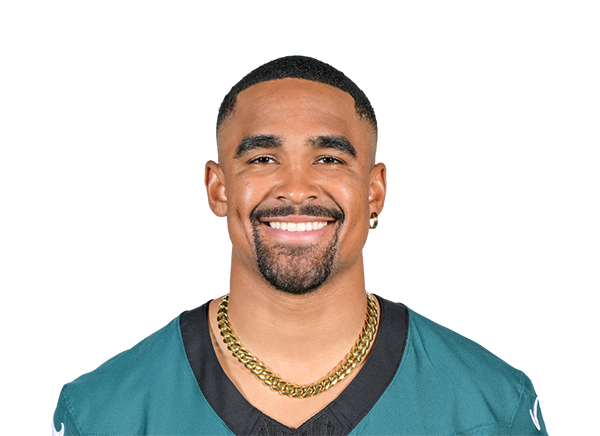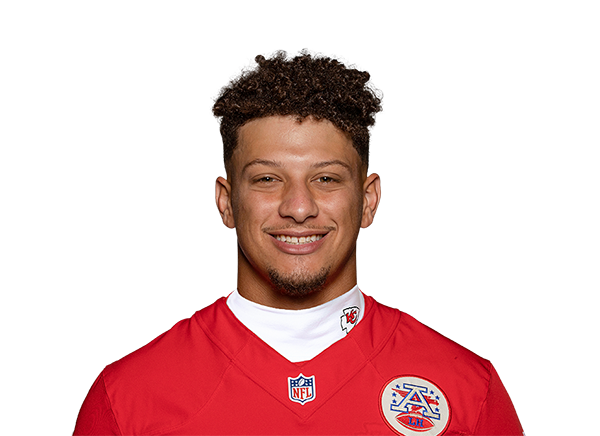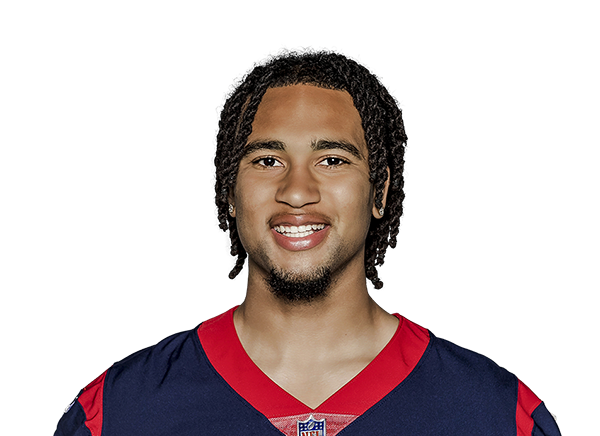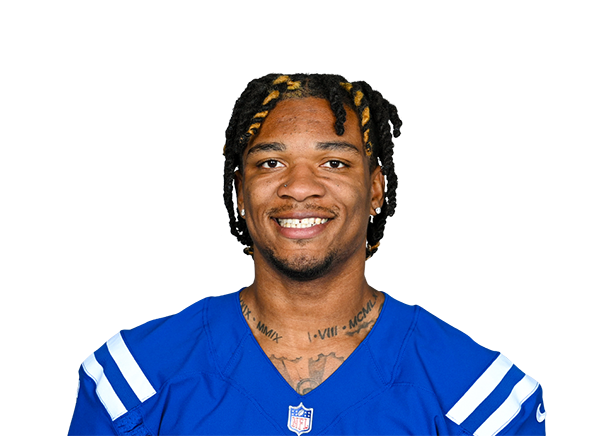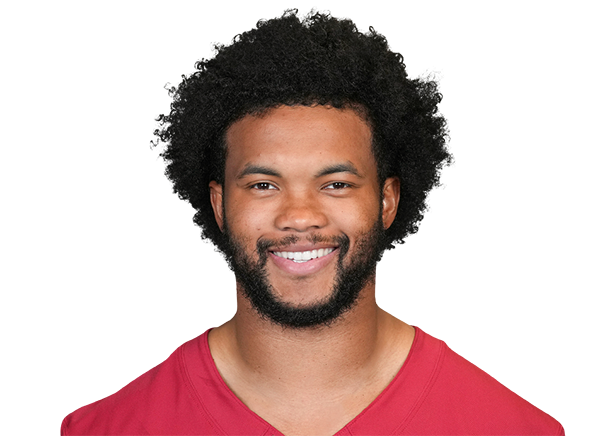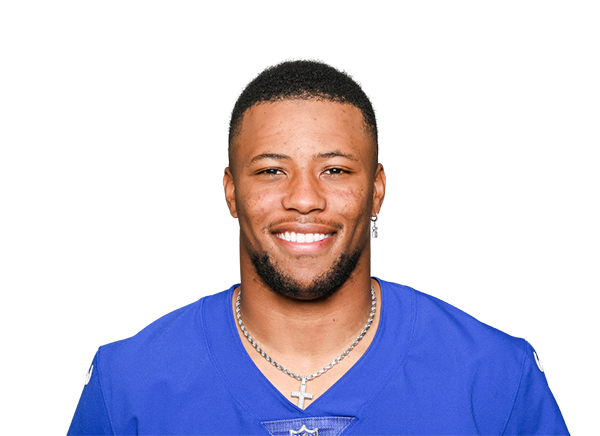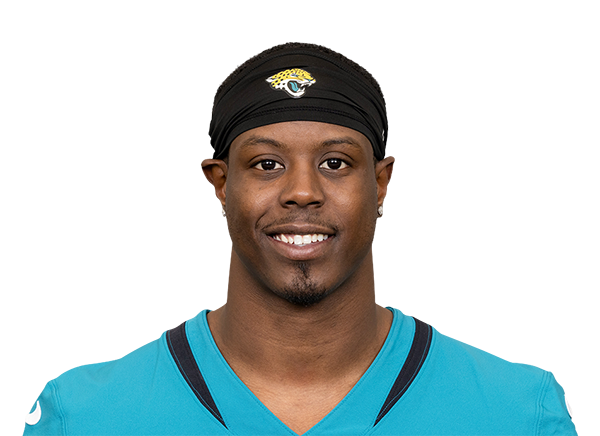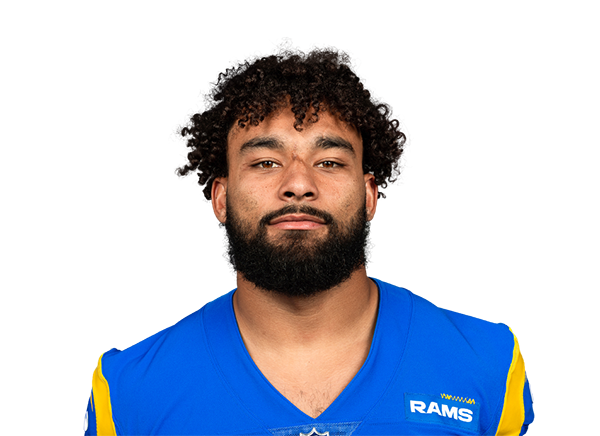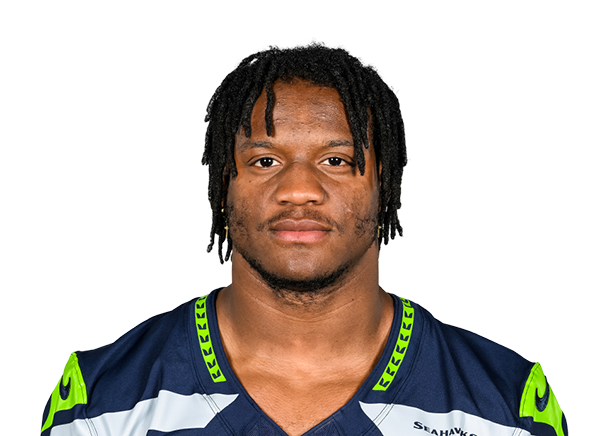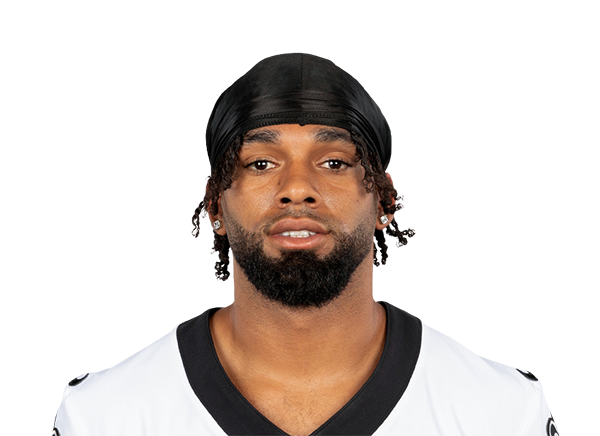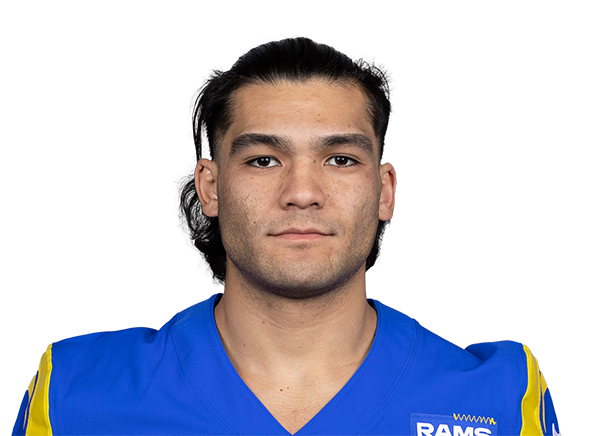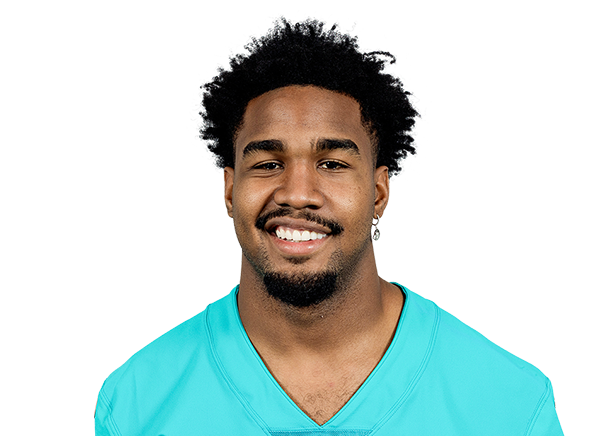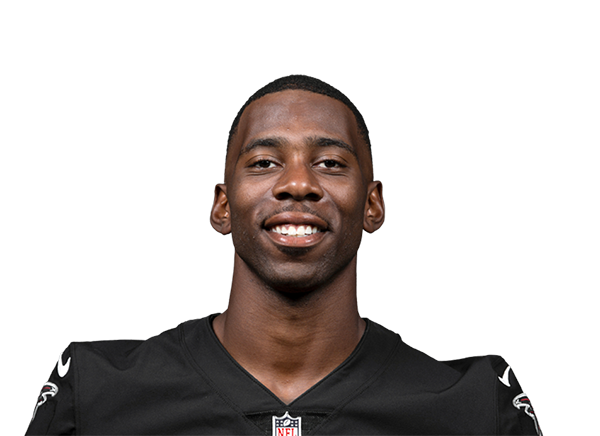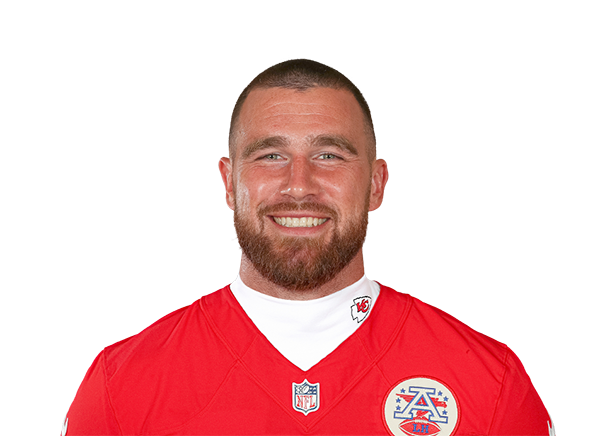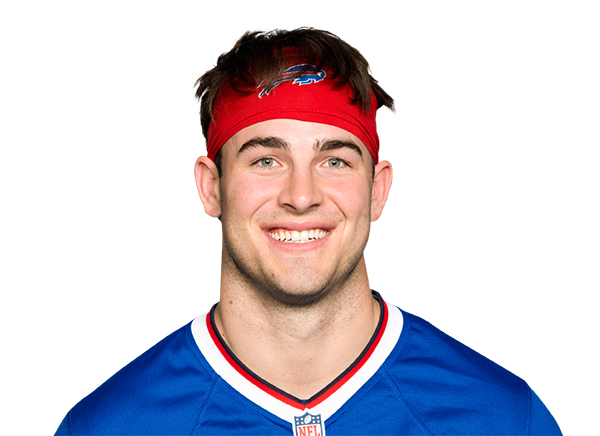2019 NFL Draft Prospect – Terry McLaurin, WR Ohio State
Our NFL rookie profile series continues with this analysis of 2019 NFL Draft Prospect Terry McLaurin, WR of Ohio State. You can also check out all of our NFL Draft Prospect articles here. We will continue to provide you with these in-depth rookie profiles and a ton of other fantasy football rookie analysis right up through the NFL Draft. Stay tuned, and stay ahead of your league!
Ohio State isn’t known for funneling targets to their wide receivers, making it harder for us to evaluate their pass catchers. For example, Michael Thomas only had 1,602 receiving yards during his three-year career there. By analyzing the team’s offensive system and how they distribute the ball, we can gather context to why some of their talented skill players deliver less-than-optimal results in the stat sheet.
Terry McLaurin is another Ohio State wideout receiving a lot of buzz, but wasn’t a mega producer at the college level. He has speed for days and is a solid route runner. But those intangibles didn’t help him produce at Ohio State, leaving dynasty owners wondering if his athleticism is just smoke and mirrors or is he actually a talented prospect flying under the radar? Let’s take a look at some data to see how he compares to the rest of the receivers in this draft class.
[am4show have=’g1;’ guest_error=’sub_message’ user_error=’sub_message’ ]
THE STATS

Statistics from sports-reference.com.
McLaurin accumulated a season’s worth of production in four years, with his best season being obviously his senior season where he accumulated a 13.75 percent market share of the team’s offensive production. In that year, he averaged 20 yards per reception and 15.2 yards per target. Also, 34.29 percent of his receptions went for 20 yards or more. His 11 touchdowns during his senior season accounted for 21.57 percent of Ohio State’s passing touchdowns. The majority of his targets came on first and ten, second and long, and third and long situations and during those instances, he accumulated 80.74 percent of his total receiving output.
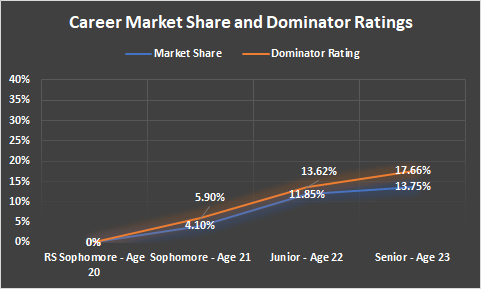
The glaring red flag on his profile is his low production totals. At best, he had a 17.66 percent dominator rating which is still inferior compared to some of the top prospects in this year’s draft class. McLaurin will be 24-years-old before the NFL Draft, making him just five months younger than Tyler Boyd who has been in the NFL since 2016. Another thing to note is that in 44 games, he didn’t record a game with more than five receptions. Players who don’t break out at the college level tend not to have successful careers at the NFL level. If he were to become an everyday fantasy contributor, he would be a major statistical outlier.
THE FILM
In this game against Maryland in 2018, He caught four passes for 118 yards and one touchdown. He had a few explosive plays in this game and also ran a few short-to-intermediate routes, displaying a larger portfolio of his skill set compared to most of the games he played in. Ohio State trailed early in this game and had to battle back to win the game in overtime, 52-51. McLaurin had a 68-yard catch-and-run in the second quarter to deliver Ohio State’s first touchdown of the game.
With a good blend of speed, footwork and short-area quickness, McLaurin is a very fluid athlete who can make defenders pay in the open field with his athleticism. He’s very explosive off his cut and due to his acceleration, can regain speed very quickly, making him tough to cover downfield. Defensive backs will need to account for his speed, because McLaurin can eat cushion with ease, allowing him to get in the back pocket of the defender, tripping them up and preventing them from taking the appropriate pursuit angle towards the football.
McLaurin has a diverse route tree. He’s very patient and does a good job of reading the defenders momentum before he makes his move. The coaching staff at Ohio State didn’t provide many opportunities for him to see work out of the slot. He excels at running deeper routes such as fades, posts, post-corners, and double moves. His success is dictated by his speed and his ability to quickly get off the line of scrimmage.
There are some concerns with this route running. First off, there are times where he will struggle to get out of his breaks and will actually take a few extra steps to make his break off his route. Making sharp cuts can sometimes be hard for him and not only will he round out curl and dig routes, but he will inadvertently drift his route toward the defender while trying to make his break. This is at a time when he’s trying to create separation off his cut.
Catching the ball in traffic is another issue for him. He doesn’t have the assertiveness to aggressively go after the ball while it’s in transit. This often leaves him catching the ball with his body. His catch radius is limited at best and defender will often get into his basket while the ball is in the air. Again, short-to-intermediate routes over the middle aren’t his strong suit and he’s best at running deeper routes to stretch the defense. However, he is good at catching the ball in stride after creating separation with his speed.
THE MEASURABLES
McLaurin measured in at 6’0’’ and 208 pounds at the combine – not too small but not skyscraper either. His size shouldn’t be a detriment to his game. There are plenty of wide receivers who have been successful with a similar frame.
His speed is exciting. He recorded a 4.35-second 40-yard dash, which ranks in the 91st percentile amongst wide receiver prospects. His size-speed ratio gives him a 111.7 height-adjusted speed score. Not only is he fast, but he also packs plenty of burst, managing a 37.5-inch vertical and a 125-inch broad jump.
The main red flag is his 7.01 three-cone, which ranks in the 37th percentile. This figure is concerning because it suggests that he has some limitations when it comes to short-area quickness and possibly moving laterally. However, he did post a respectful 4.15 20-yard shuttle, but his three-cone time is still noteworthy. Also, his arm length and 75-inch wingspan are well below average, compromising his catch radius. This could create limitations when it comes to reeling in contested catches.
DYNASTY VALUE
McLaurin currently has a DLF ADP of 33.80, making him the 14th wide receiver off the board in rookie drafts. His value is all over the place right now – in ten mock drafts, he was selected anywhere between pick 23 and 49. This means he’s going anywhere from the late second round to the late fourth round in rookie drafts. There’s a big disparity in value here and depending on how other owners in your league value him, there’s a chance that he could see a massive uptick in value if he gets drafted into a good situation.
CONCLUSION
This year’s draft is stacked at the wide receiver position. There are going to be quality prospects all over our draft boards. Not all of them are going to become fantasy producers. But there’s a good chance that one or more of these players will exceed expectations and develop into a very successful fantasy asset. Only time will tell.
McLaurin has the athletic chops to create problems for defensive backs. In the right situation, he could be a plug-and-play fantasy asset. To play devil’s advocate, he wasn’t very productive at Ohio State which could be an indication that his skill sets might not transition at the NFL level. The price point is key with a player like McLaurin, you don’t want to overpay and take on risk, but you don’t want to completely fade him if he hits his upside.
[/am4show]






